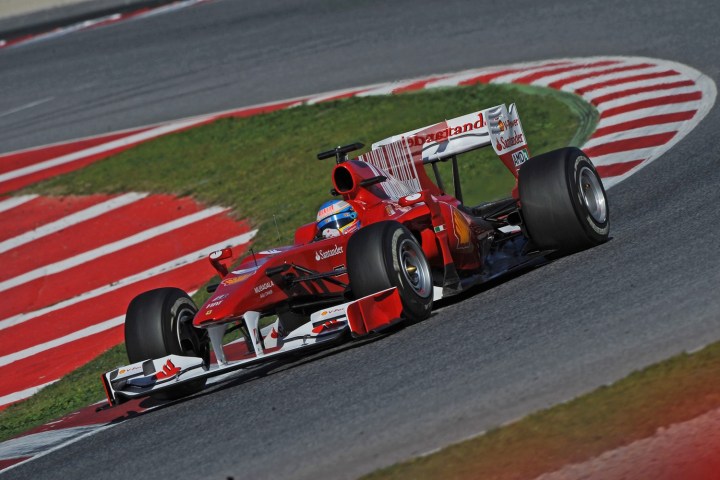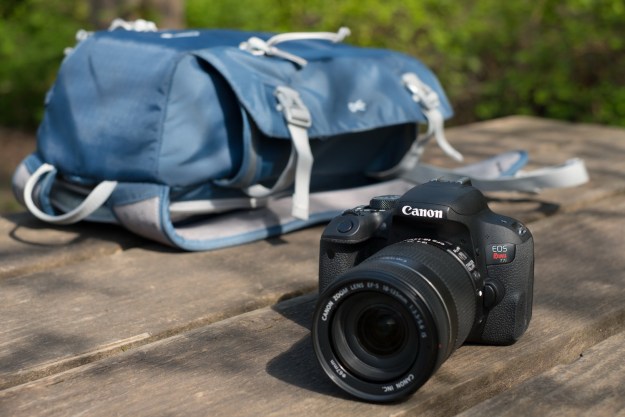
First spotted by motor sports reporter Craig Scarborough, the camera used for testing was a 360fly, although the exact model is unknown. As seen in the image below, the camera was secured onto the upper nose area of the iconic red Ferrari, where it was presumably mounted in place using the 1/4-20 tripod mount integrated into the camera.
360 cameras being tested again. Shoudld allow for an incredible on board VR experience in the future pic.twitter.com/R4SFO35yUl
— Craig Scarborough (@ScarbsTech) November 25, 2016
This isn’t the first time a 360-degree camera has been tested in Formula 1 — and it certainly won’t be the last. Already, Formula E, the all-electric racing series based on the successful Formula 1 format, has captured and shared 360-degree footage recorded during races. It’s not unlikely that we’ll see the same thing from “the pinnacle of motor sports” in the near future.
Liberty Media, the U.S. investor group that’s agreed to a two-stage purchase of Formula 1 for $8.5 billion dollars, has already expressed interest in creating an all-new streaming service for Formula 1 races. And what better way to set itself apart than to stream live 360-degree views, where fans can get a front-row seat on board their favorite driver’s car.
Next year will prove to be an interesting one for Formula 1. Whether or not we’ll be seeing any 360 footage is still unknown, but it’s nice to see teams at least taking the new technology for a literal spin. Get your VR goggles ready. You might soon be able to tag along with some of the fastest drivers in the world.
Editors' Recommendations
- Insta360 cameras take a speedy ride around Monaco’s F1 track
- Formula One is adding cost caps in 2021, so teams are spending even more for 2020



